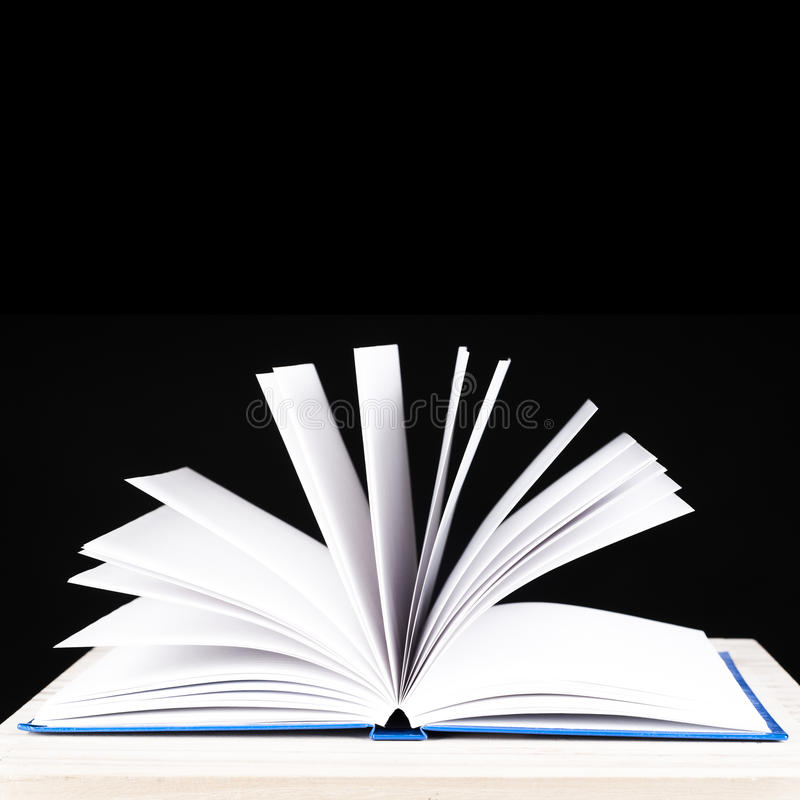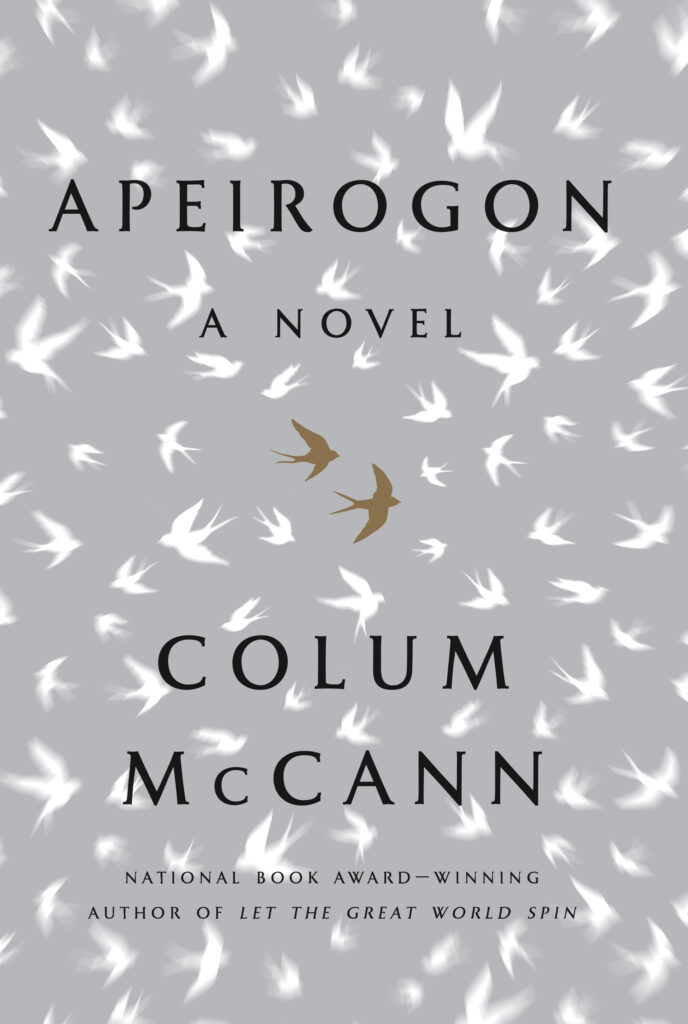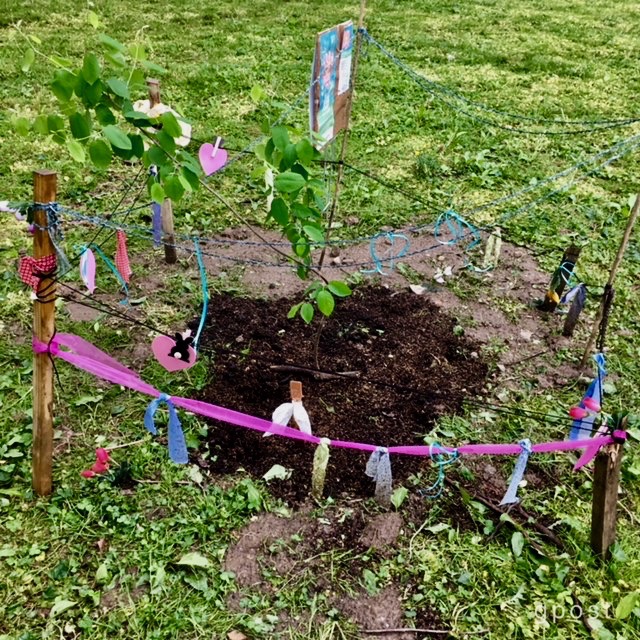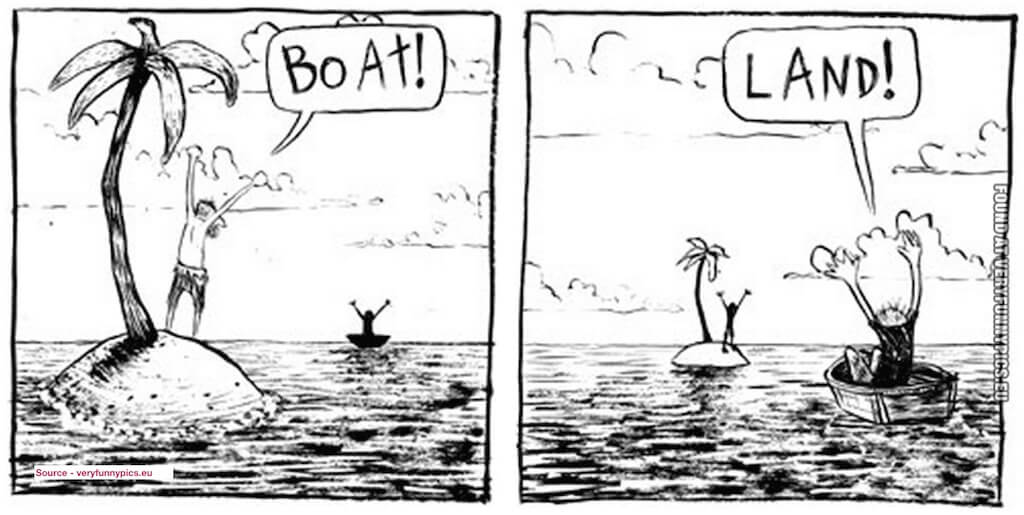
There are many voices urging us to bridge the divides in our society, but not nearly as many explaining why it would be good for us too if we learned how to bridge them.
Luckily, recent research in neuroscience has been proving that Perspective Taking—or making the conscious effort to stand in the shoes of people who are different from us—activates regions in our brains that make us more innovative and creative overall. In other words, Perspective Taking is not just a one way street. It also produces reciprocal benefits for whoever’s making the effort.
I’ve talked here several times about how toxic it is to “civic friendship” when we no longer bother to understand where “those other people” are coming from or what we still might have in common with them. Democracy relies on civility and common purpose in spite of our occasional differences, and yet we rarely hesitate before writing off fellow citizens who disagree with us about immigration or climate change or voting. Without even thinking, we ask ourselves: How can they be so wrong when we’re so right?
After the last presidential election, I waded into these turgid waters with two posts. They argued in favor of so-called Blue State Americans shutting down their knee-jerk reactions, shovling their class prejudices about “rednecks” and similar demonizations to the side, and being curious enough about where Red State Americans are actually coming from to make an effort to understand them. Not to agree with, but simply to consider the different priorities that are motivating them. These posts were “Stop the Steal” Throws a Match on a Dry Forrest and Healing a Divided Country Requires Understanding Others.
Now, research is telling us about the rewards that are available when you make the effort to see your life or work from somebody else’s point of view. Whenever you encourage yourself to “stand in someone else’s shoes” out of curiosity or an acknowledgement of your biases, brain science is proving that your fields of imagination will expand, making you more creative and innovative in all of the interactions that follow.
Part of it is going deeper than appearances and ferreting out information that challenges your preconceptions. For example, Niccolo Machievelli (who’s often described as a “classical realist”) wanted to discover everything he could about his opponents before he was facing off against them. 500 years ago, he wrote:
“Men judge generally more by the eye than by the hand, for everyone can see and few can feel. Every one sees what you appear to be, few really know what you are.”
A deeper understanding of others applies to more than political adversaries, of course. It can be your customers and clients, the co-worker who’s always challenging you at meetings, the regulator who suddenly shows up in the workplace, the protestor who’s in your office parking lot. The more you know about where “these other people” are coming from, the more effective you can be when interacting with them. (What “hot buttons’’ of mine are they pushing and how do I turn them off? What are our shared objectives, where is our common ground?) By asking and answering such questions, you can gain a broader perspective along with the new options that it affords.
When I was still practicing law, Fran and I co-wrote an article about perspective taking, although we didn’t call it that back then. We titled the piece: “Why Didn’t My Attorney Call Me Back (and How Do Clients Feel About That)?”
Sure, lawyers are busy—shuttling from one crisis to another—but being unresponsive to your other paying customers says loudly and clearly, “my time is more important than your time,” and it’s one of the legal profession’s most persistent complaints. On the other hand, understanding client irritation to the point of changing the way you practice makes your work more valued by others, more profitable to you, and ultimately more satisfying too because perspective taking literally “hacks” your job. Once you understand a need that you failed to appreciate before, it forces you to become more innovative and creative in meeting it, leavening other aspects of your work at the same time.
In other words, your discovery that others see your priorities differently leads you—through a more creative application of your problem solving skills—to a broader perspective on your work than you had to begin with. In a burst of discovery, you’ve realized that you’re not the only one who is right all the time.
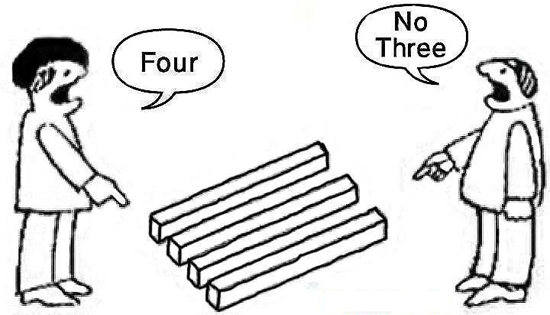
Today, brain science is providing us with a view of the neurological processes behind Perspective Taking. While there are technical descriptions of the brain’s functional areas in the following quotation, the gist of it should still be pretty clear.
When we are trying to solve a problem, the frontoparietal attention network activates, meaning that areas at the front and the side of your brain are at work. However, when we take the perspective of another person, we engage a different network, often called the “mentalizing,” or theory-of-mind, network. This has two key components: the temporoparietal junction, located just above and behind the ear, and the dorsomedial prefrontal cortex, which lies just behind the middle of your forehead. These areas help us understand what others know, want, need or find important.
Importantly, the “mentalizing” network partially overlaps with the so-called default mode network. This term was initially chosen because researchers at Washington University in St. Louis discovered that this network became active when people took a break from active problem-solving. After years of research, we now know that this network is activated during exploration, imagination, innovation, thinking outside the box, and engaging in mental time travel by thinking back to the past or imagining possible futures. For those reasons, we often call it the “exploration” network. Thus, perspective taking engages both the mentalizing and exploration networks, perhaps because getting inside someone else’s head requires getting outside our own.
To summarize: the Attention network (or rational problem solving) plus the Mentalizing network (trying to understand others) in our brains also activates our Exploration network (thinking outside the box). Obviously, this is a richer and potentially more fruitful mix of brain power than relying upon the problem-solving function alone.
The description of brain coordination above was provided in an article called “Perspective Taking: A Brain Hack That Can Help You Make Better Decisions.” It was one of several offerings this week in the KnowledgeWharton newsletter from Penn’s Wharton School of Business. Intriguingly, the authors’ lab at Penn was “investigat[ing] what happens when we turn the [Exploration or thinking outside the box] network up or down” by improving perspective taking. Does it make people in the workforce more innovative and creative overall?
Their answer was a pretty emphatic “Yes.” .
What the Penn researchers concluded was that “practice makes perfect” when their study participants combined both perspective taking with problem solving and started appreciating the work-related benefits that follow. As neuroscientists, they might also describe their findings this way: our neural pathways become more fluid when we traverse them more frequently because of the advantages that we feel we are gaining by doing so.
In the course of their research, these neuroscientists also developed several exercises that improved the brain’s fluidity and the creativity and innovation that it unlocked.
They asked study participants to reflect on recent perspective taking and share the experience with colleagues. In a second study, they asked them to visualize future applications of perspective taking, paying attention to the details and writing them down beforehand. Other “muscle building” exercises for the brain included having more conversations with total strangers, trying out new things (like learning a new language or playing a new instrument), and reading novels that transport you into the minds of different characters.
By encouraging exercises like these, the researchers were taking advantage of the fact that:
the human brain is nature’s greatest statistical pattern learning device. This means that the more you exercise perspective taking (whether remembered, imagined or real), the more it will be reinforced. Over time, perspective taking is likely to become more automatic.
In sum, as you start to experience the value of this way of mental processing—by inviting the perspectives of others into your problem solving—you’re likely to keep repeating it.
Wishing to share their Eureka Moment more widely, the Penn researchers also developed something that they call The Nano Tool so that the rest of us can become more creative and innovative at work and outside of it. Despite the fact that its name conjures (for me, at least) a headset with beeping electrodes and matted hair, it’s actually more of “a hand-out” with additional exercises that can be used to activate more “problem-solving through perspective taking.” It’s well-worth checking out.
Finally, while perspective taking provides the kind of problem-solving boost that business school types are always eager to promote, I can easily envision some of its most transformative applications in our collective considerations of politics, race, class, religion and other social dividers. We might quickly discover that we’ll be benefiting ourselves at the same time that we’re strengthening our social bonds.
+ + +
Post-script:
Along with you I suspect, I’m finding the transition period between a hard year and what I’m hoping will be an easier one a bit of a challenge. As my mother used to say, I’m feeling “betwixt and between” or “at 6’s and 7’s.” Anyway, I saw the picture below after the devastating floods in Australia recently, and thought it seemed an apt metaphor for today, but I’m not sure why. (Maybe I’ve just taken on Wally’s perspective.) If you have any ideas about why this picture of dogs in crates being rescued seems right for these times, feel free to send them along.

This post was adapted from my March 28, 2021 newsletter. Newsletters are delivered to subscribers’ in-boxes every Sunday morning and occasionally I post the content from one of them here. You can subscribe too by leaving your email address in the column to the right.




